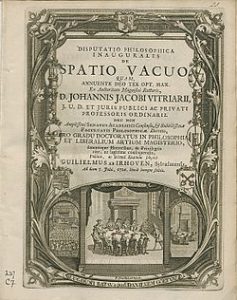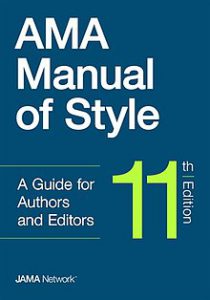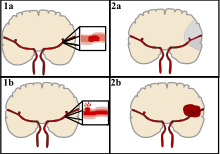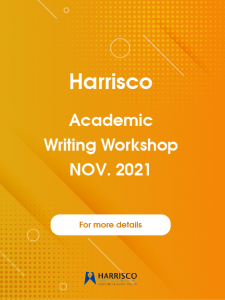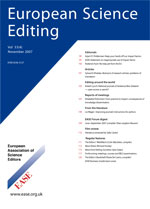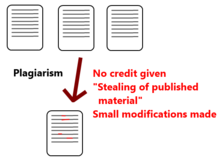
An introduction is the first section of a research paper after the abstract. It summarizes the rationale behind the topic of a research study. The background information is presented to induce the reader into understanding the hypothesis and methodology of the experiment. An introduction has to be written in a simple, lucid language, making a good impression on the reader. An introduction should present general information on the topic of the research study in the initial paragraph. Then, the specific context of the study should be explained. The introduction should have the statement of purpose of the study in the concluding paragraph. It should also include potential outcomes of the study.
Information related to the topic of study would include the significance of the topic, the general background of the topic, and an overview of current research studies on the topic. There would be a niche problem associated with the topic of a research study. Then, develop a research question that would confront the existing assumptions. Thereafter, identify gaps in existing research studies. Now, that the research topic is aligned with the niche of research, it is mandatory to explain the objective of the research study. The highlights of the study may be summarized along with important results. Finally, the authors should describe the structure of the study in a concise, succinct manner.
A research problem may be dealt with many methodologies. However, the reader must be informed in the introduction section why alternative methodologies have not been considered and why authors have chosen a specific approach to deal with the research problem. In other words, every introduction section should describe how a research problem is being investigated within the scope and boundaries of the study.
The introduction section of a research paper should have a narrative flow. Firstly, the subject area of interest should be identified clearly. For this purpose, the keywords presented in the Abstract section should be used in the title of the paper. The same keywords should also be used in the initial few sentences of the introduction section. Thus, although general information would develop the background, the subject area of interest would also be presented in a focused manner.
The context of the study would include a critical and rational review of all published studies related to the subject area of interest. There may be known facts about the research problem, and these must be presented in the introduction section. Thus, this information would help readers understand key elements associated with the research problem. The hypothesis that is going to be investigated must be stated clearly toward the end of the introduction section. The rationale behind this research problem must also be stated at the end of the introduction. In conclusion, the goal of the introduction is to compel the readers to peruse through the paper.

